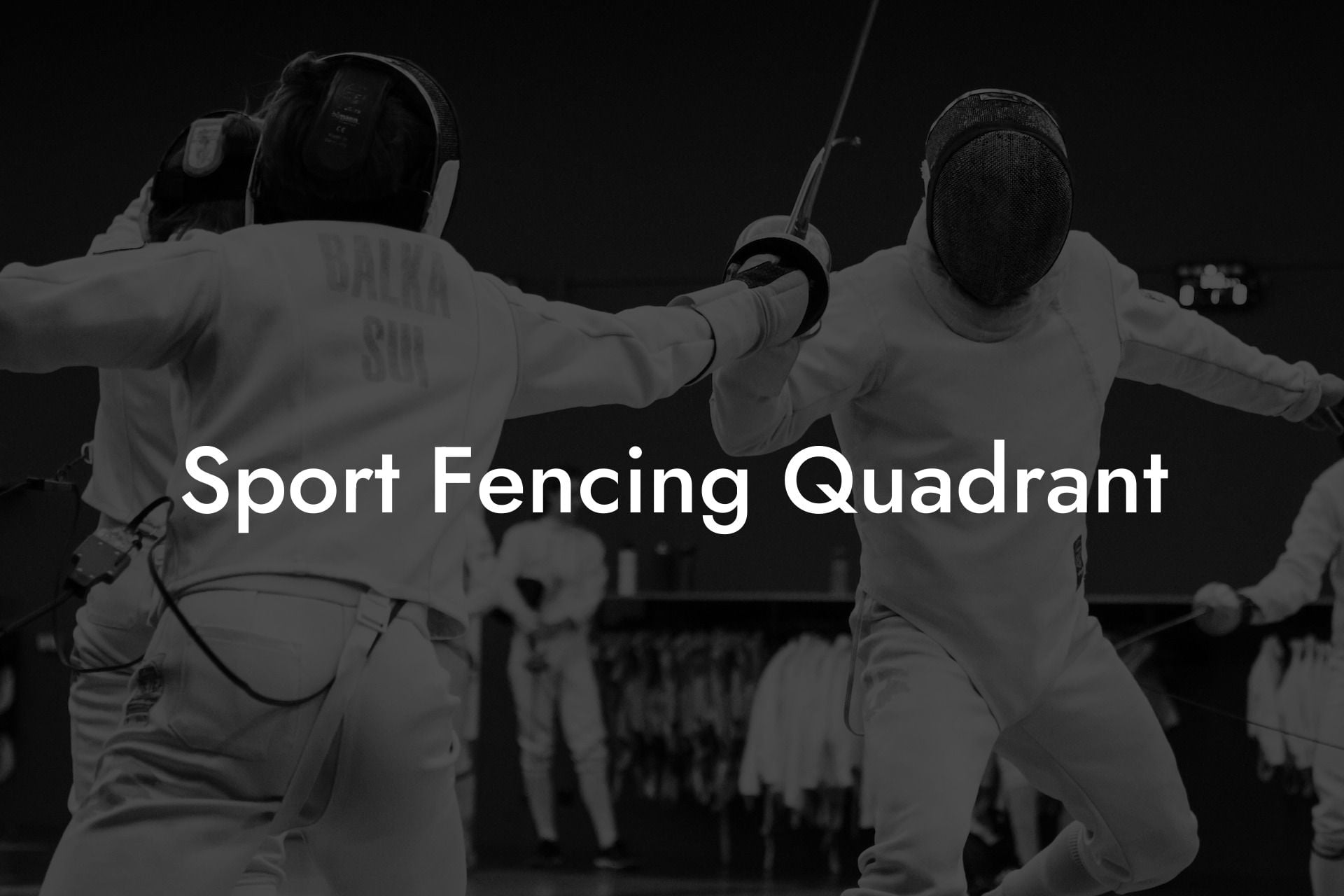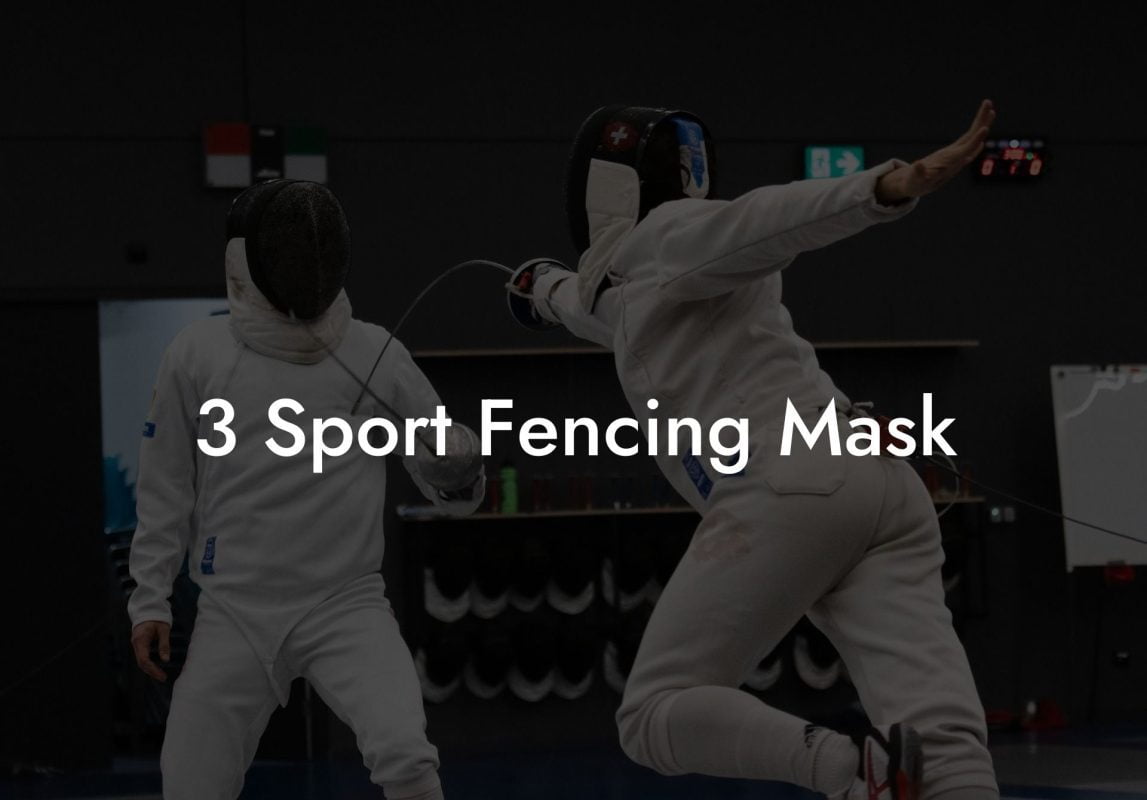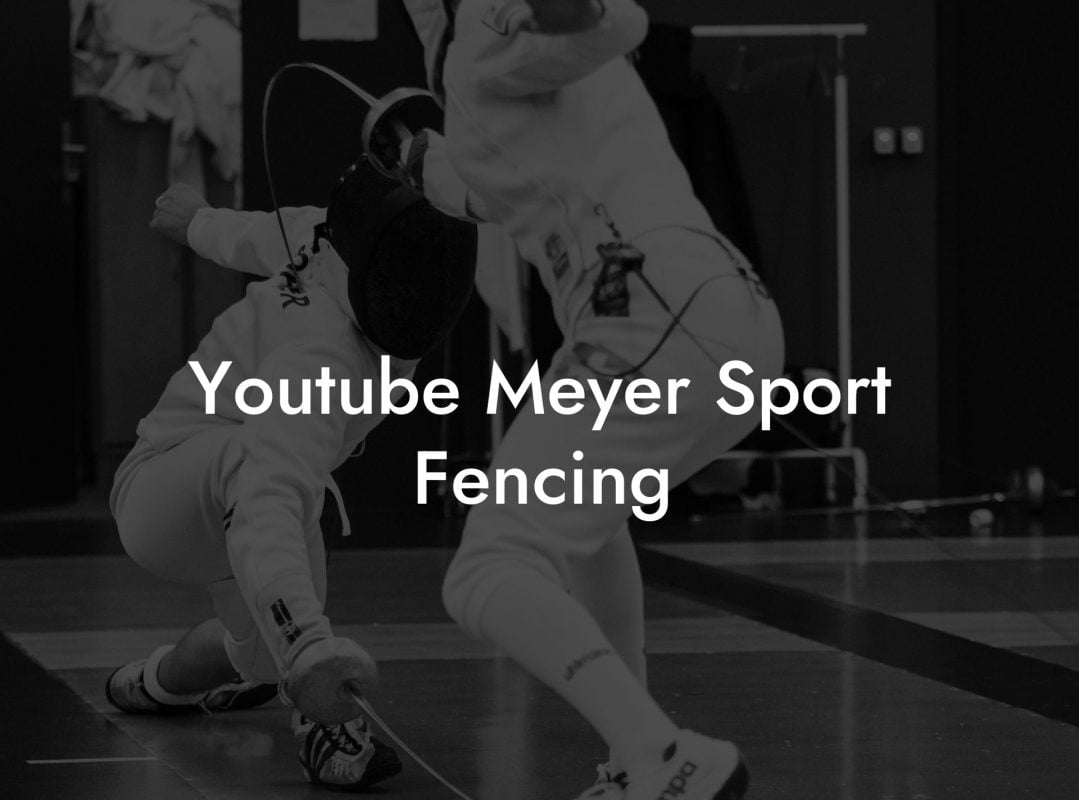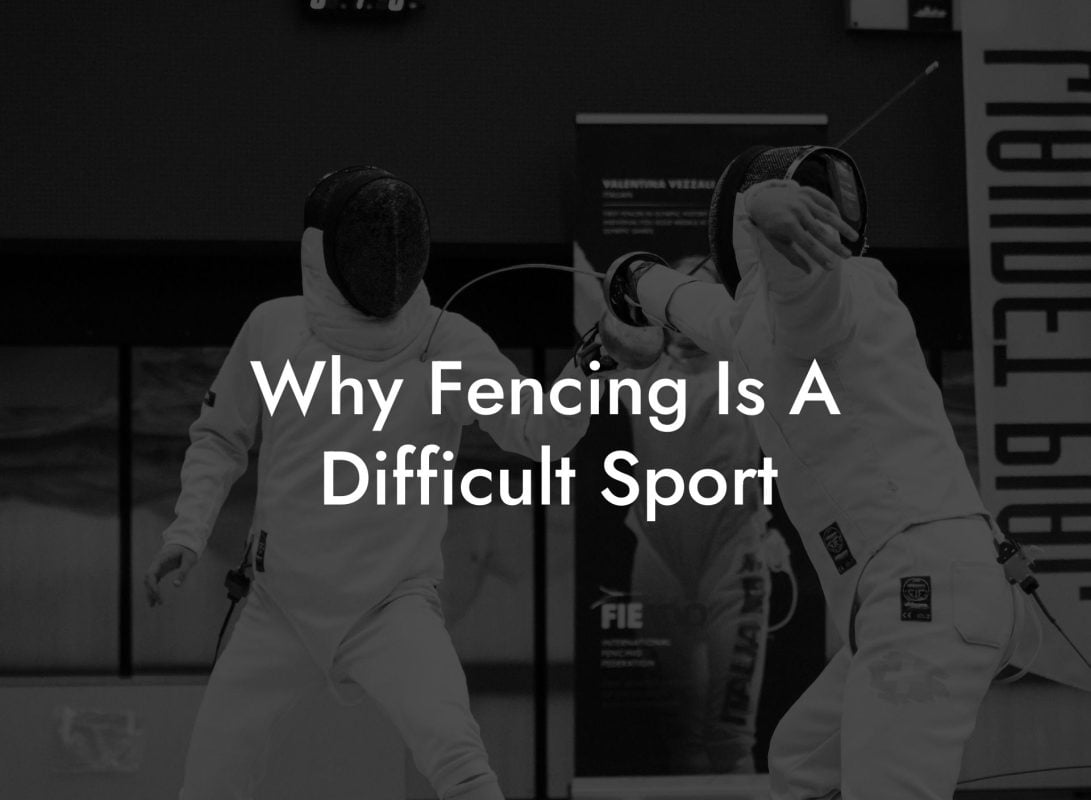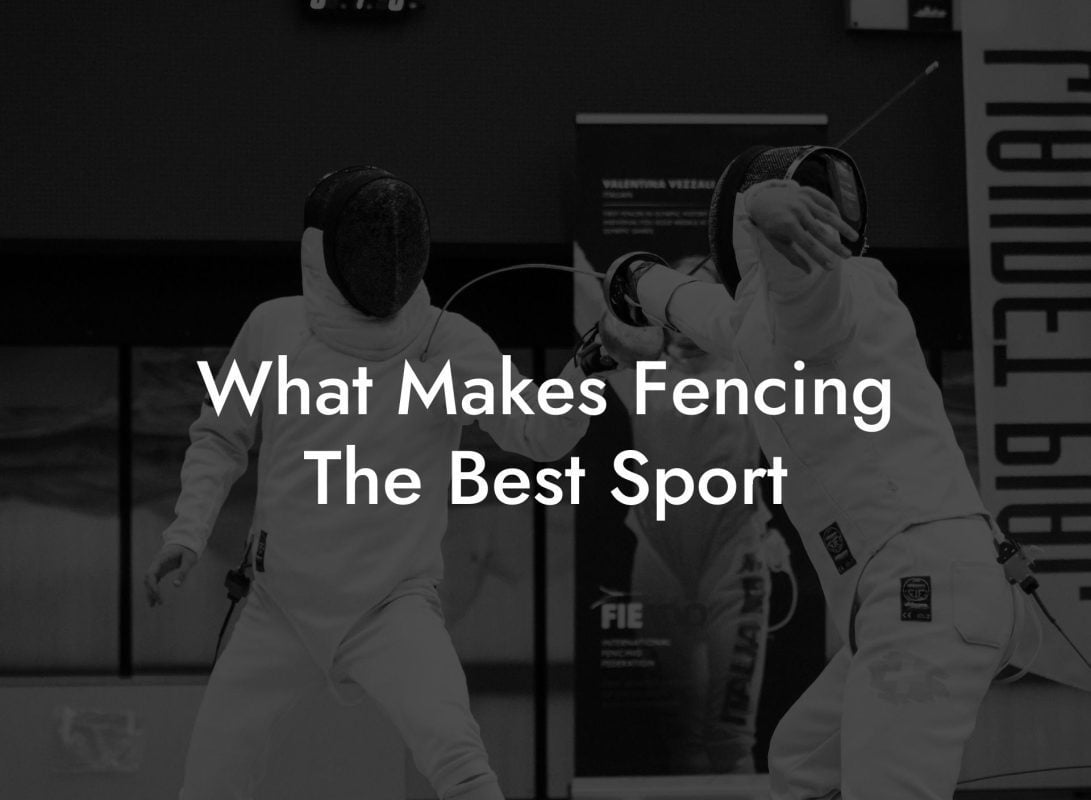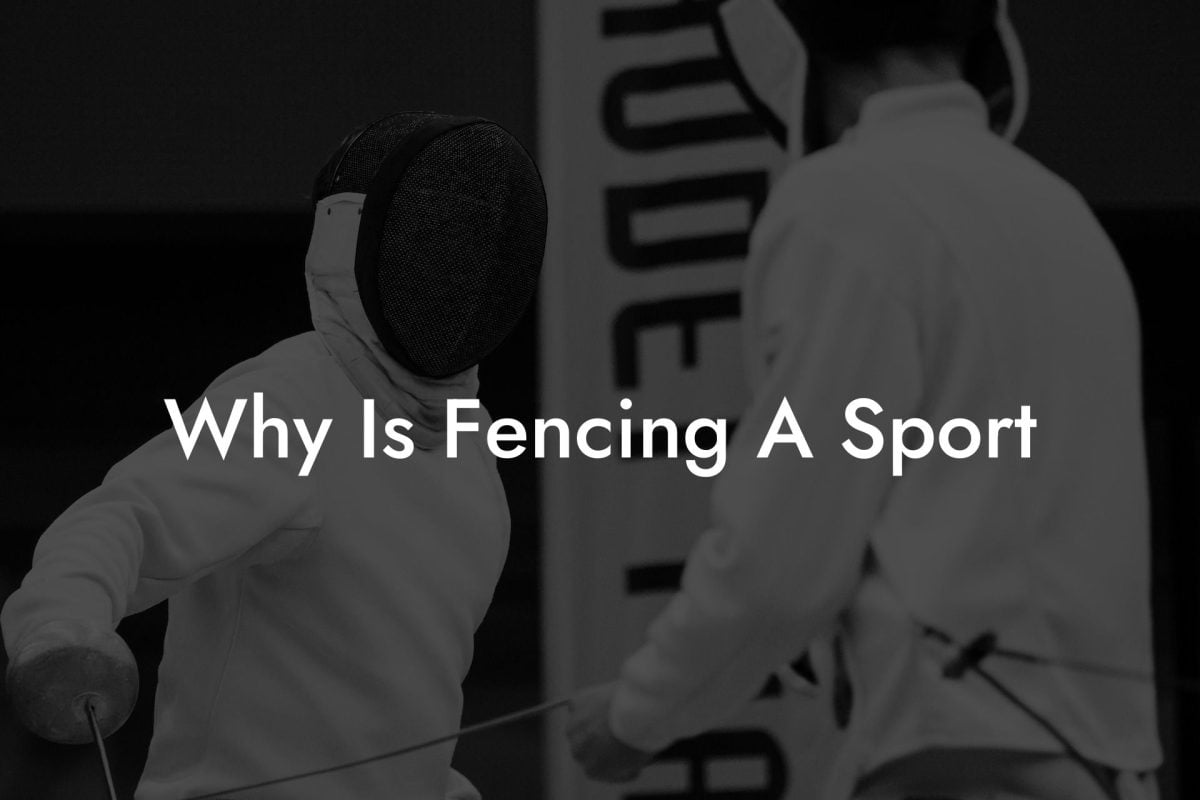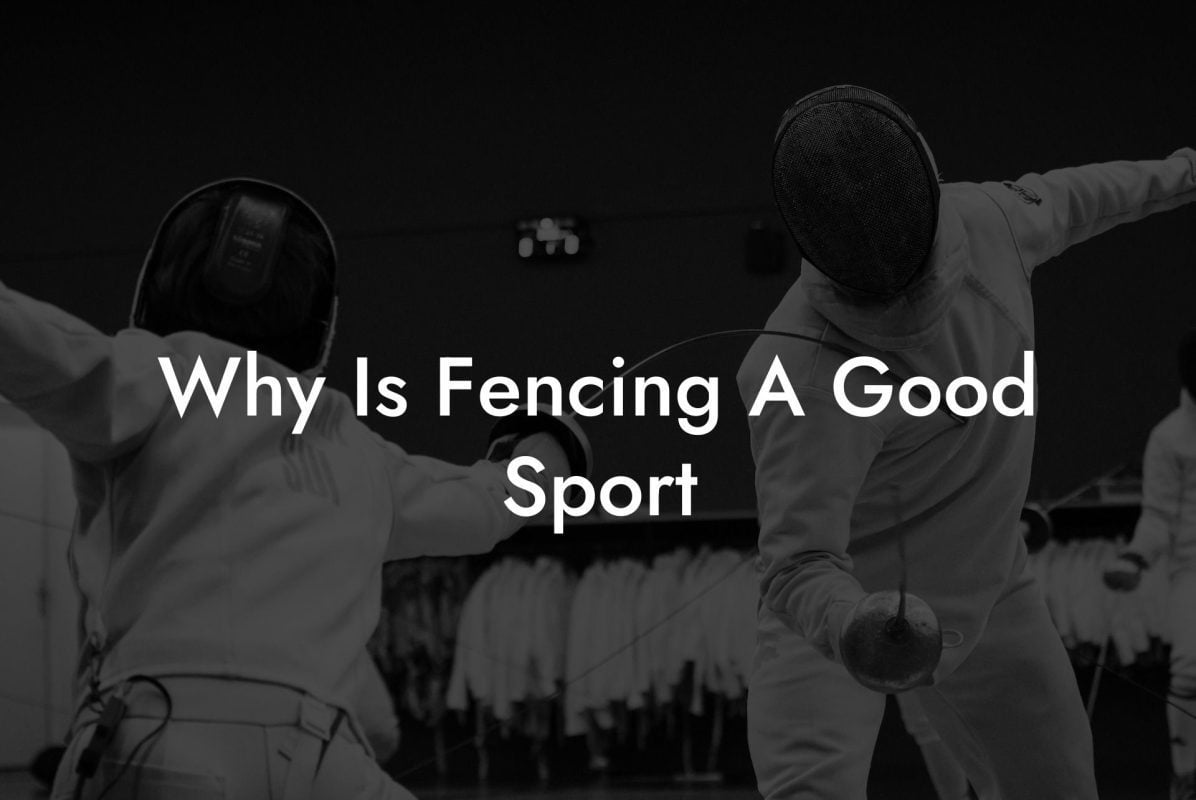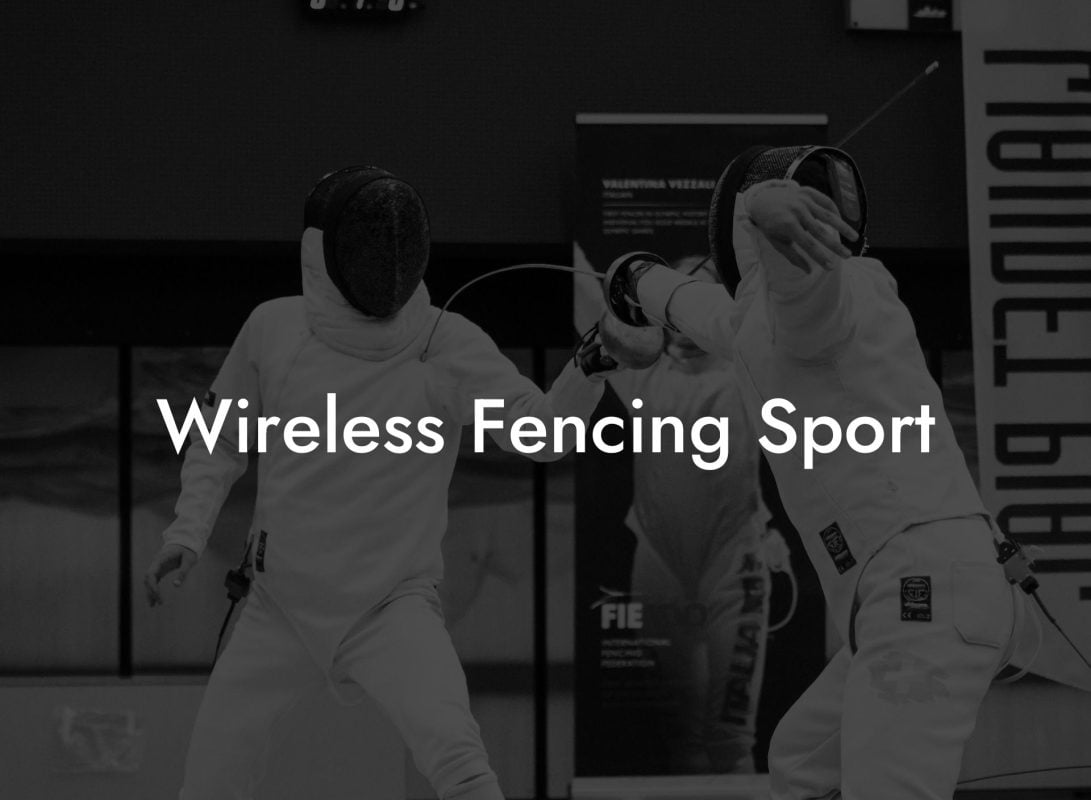Fencing is an exhilarating and skillful sport that can challenge both your mind and body. Whether you're a seasoned fencer or just taking your first steps into the world of swords and protective gear, understanding the different styles and techniques is essential. In this article, we'll delve into the sport fencing quadrant by exploring four popular fencing disciplines to help you become a well-rounded fencer and step up your game. So, grab your weapon of choice, and let's get started!
Sport Fencing Quadrant Table of Contents
1. Foil
Foil is one of the three Olympic fencing disciplines and the most popular of the sport fencing forms. It’s a lightweight, flexible weapon with a rectangular cross-section and a blunted tip, designed for thrusting attacks. To score a point in foil, the fencer must strike the opponent's torso.
Techniques and Strategies
- Priority or right-of-way: Rewarded to the fencer who starts an attack first.
- Parry: Defending by blocking opponent's blade.
- Riposte: Counter-attack following a parry.
- Feints: Deceptive movements to throw off the opponent.
- Distance control: Maintaining a safe distance from the opponent.
2. Épée
Épée is another Olympic fencing discipline, characterized by its heavier, stiffer blade, triangular cross-section, and larger bell guard. Unlike foil, the entire body is considered the valid target area in épée fencing, with touches scored by simple electric contact of the blade tip.
Techniques and Strategies
- No right-of-way: Épée does not use the priority system.
- Double touches: Both fencers can score a touch simultaneously.
- Point control: Precise blade placement for successful attacks.
- Counter-attacks: Quick, unexpected attacks without parrying.
- Strong defensive stance: Assuming a position that makes it difficult for opponents to score.
3. Sabre
The final Olympic discipline, sabre fencing is a fast-paced, aggressive style centered around cutting and thrusting attacks. The blade has a triangular cross-section and a curved quillion. A unique feature of sabre fencing is that fencers can score touches with any part of the blade.
Techniques and Strategies
- Target area: Waist up, excluding hands.
- Right-of-way rules: Similar to foil fencing.
- Fast attacks: Quick cuts and thrusts dominate sabre fencing.
- Counter-attacks with opposition: Fast counter-attack while simultaneously parrying.
- Flèche: A running attack that covers a lot of ground.
4. Historical European Martial Arts (HEMA)
Although not an Olympic discipline, HEMA is a rapidly growing fencing style that draws from historical manuals and texts to recreate European swordsmanship styles. HEMA encompasses a wide range of weapons, including longsword, rapier, and more.
Techniques and Strategies
- Wide variety of weapons and equipment: Allows for different tactical approaches.
- The focus on historical techniques: Studying manuals from past eras.
- Sparring: A significant aspect of HEMA training.
- Tournaments: HEMA-specific competitions take place regularly.
- Cooperation and collaboration: HEMA practitioners work together to decode and revitalize historical techniques.
Sport Fencing Quadrant Example:
In a foil match, fencer A initiates an attack by attempting to strike fencer B's torso. Fencer B, in response, performs a quick parry, effectively blocking the attack. After the successful parry, fencer B takes advantage of the situation and executes a riposte, successfully landing a touch on fencer A. This showcases the importance of right-of-way, parries, and ripostes in foil fencing.
Now that you've taken a dive into the world of sport fencing quadrant, including the Olympic disciplines of foil, épée, and sabre, as well as the historical HEMA, it's time to put that knowledge to use. Join a local club, find a training partner, and immerse yourself in this challenging and rewarding sport. Don't forget to share this article with your fellow fencers and inspire them to explore different disciplines. Anchorage Fencing Club is here to support you on your journey, so be sure to check out our other guides and resources to elevate your fencing skills.

